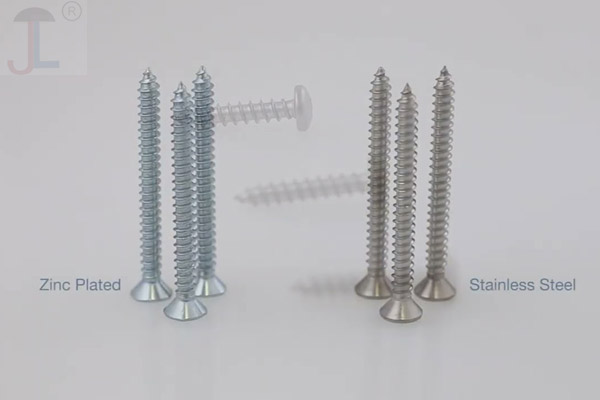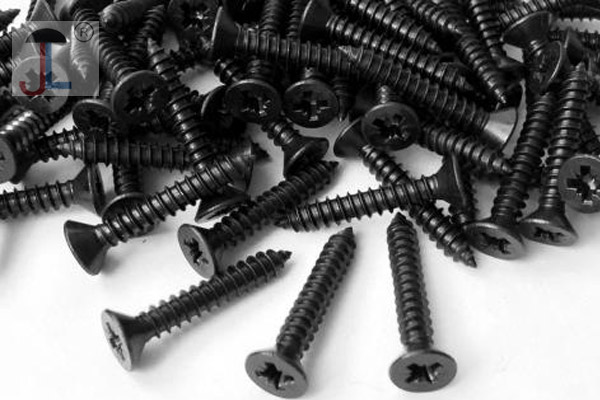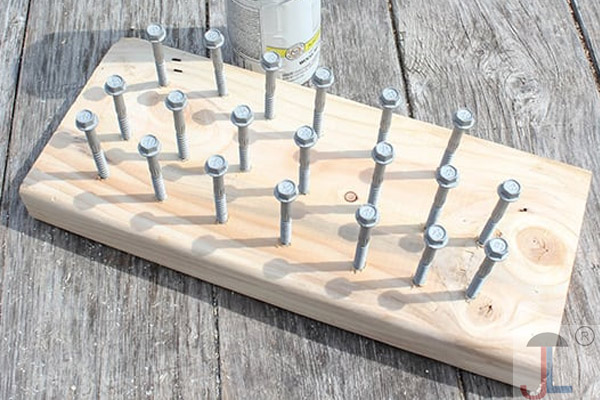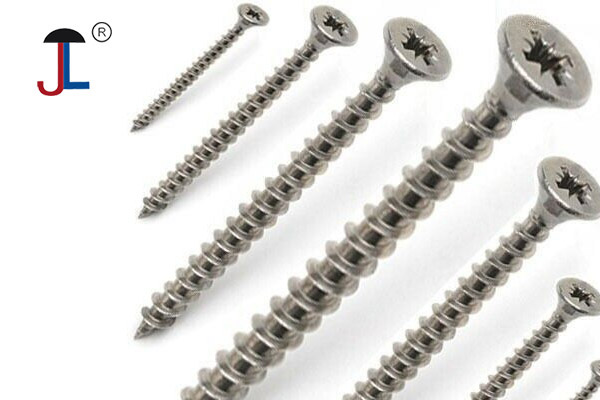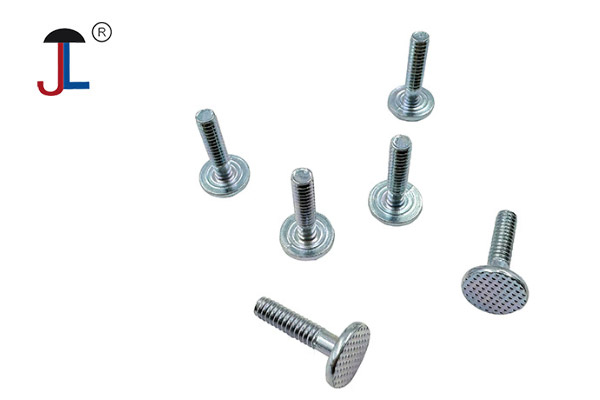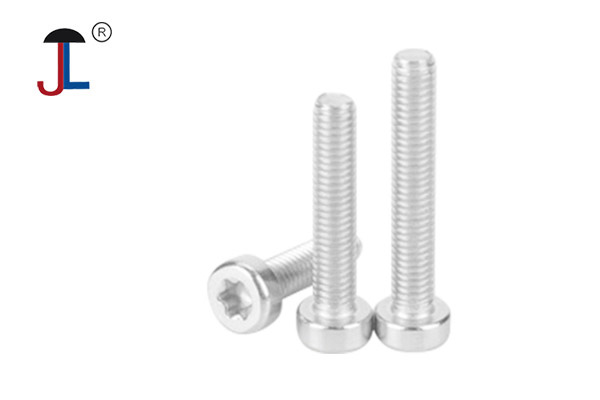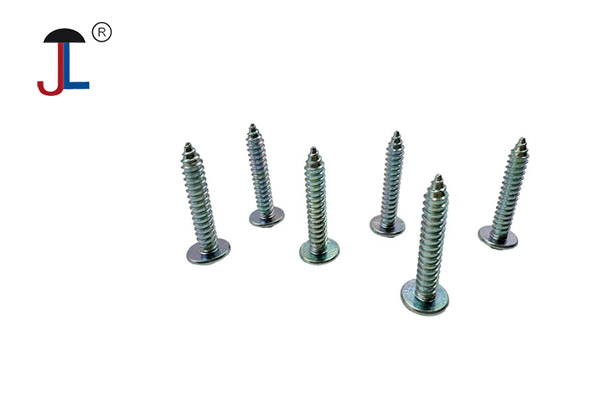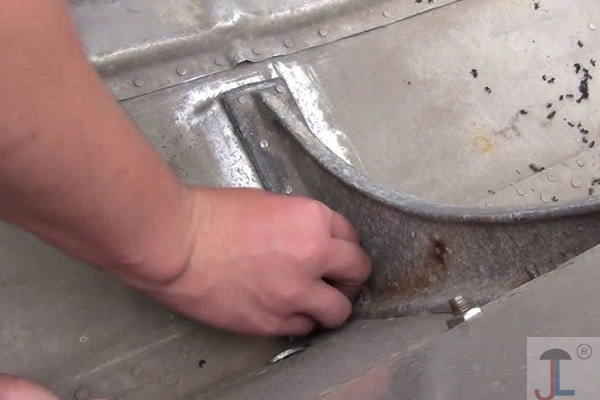Yes, stainless steel screws are generally considered to be waterproof and highly resistant to corrosion, including rust. However, the level of resistance can vary depending on the grade of stainless steel, with 316 grade stainless steel being specifically recommended for marine and other harsh environments. Even though stainless steel is naturally corrosion-resistant due to the presence of chromium, it's not completely rust-proof and can be susceptible to corrosion in certain conditions.
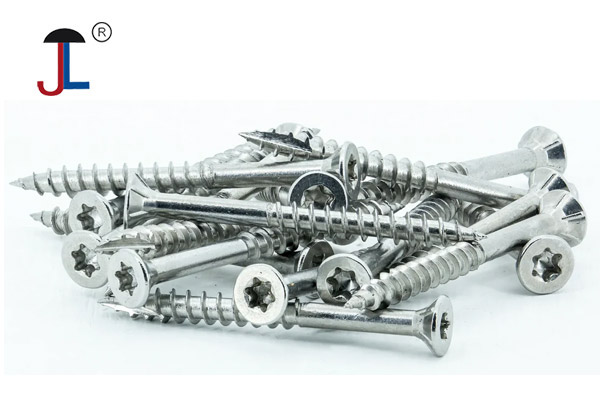
Why stainless steel is waterproof:
Chromium Oxide Layer:Stainless steel contains a minimum of 10.5% chromium, which reacts with oxygen to form a protective layer of chromium oxide. This layer acts as a barrier against moisture and other corrosive elements.
Self-Repairing:
If this protective layer is damaged, it tends to self-repair over time, as the chromium continues to react with oxygen.
316 Grade:
316 grade stainless steel, which is often referred to as "marine grade," contains molybdenum in addition to chromium and nickel. This molybdenum enhances its resistance to saltwater and other harsh environments.
Factors that can affect corrosion:
Crevice Corrosion:Stainless steel can be susceptible to crevice corrosion, especially in areas where there are gaps or crevices, such as where screws meet other materials.
Concentration Cell Corrosion:
This type of corrosion can occur when dissimilar metals are in contact with each other and exposed to water or other conductive fluids.
Saline Environments:
While stainless steel is generally resistant to corrosion, it can be more susceptible to it in environments with high salt concentration, such as coastal areas or near the ocean.
Prolonged Exposure:
Even in non-corrosive environments, prolonged exposure to moisture or chemicals can eventually lead to corrosion.
In summary:Stainless steel screws are generally waterproof and rust-resistant, making them a good choice for outdoor and marine applications. However, it's important to consider the grade of stainless steel and the specific environment in which the screws will be used to ensure the best level of protection.

